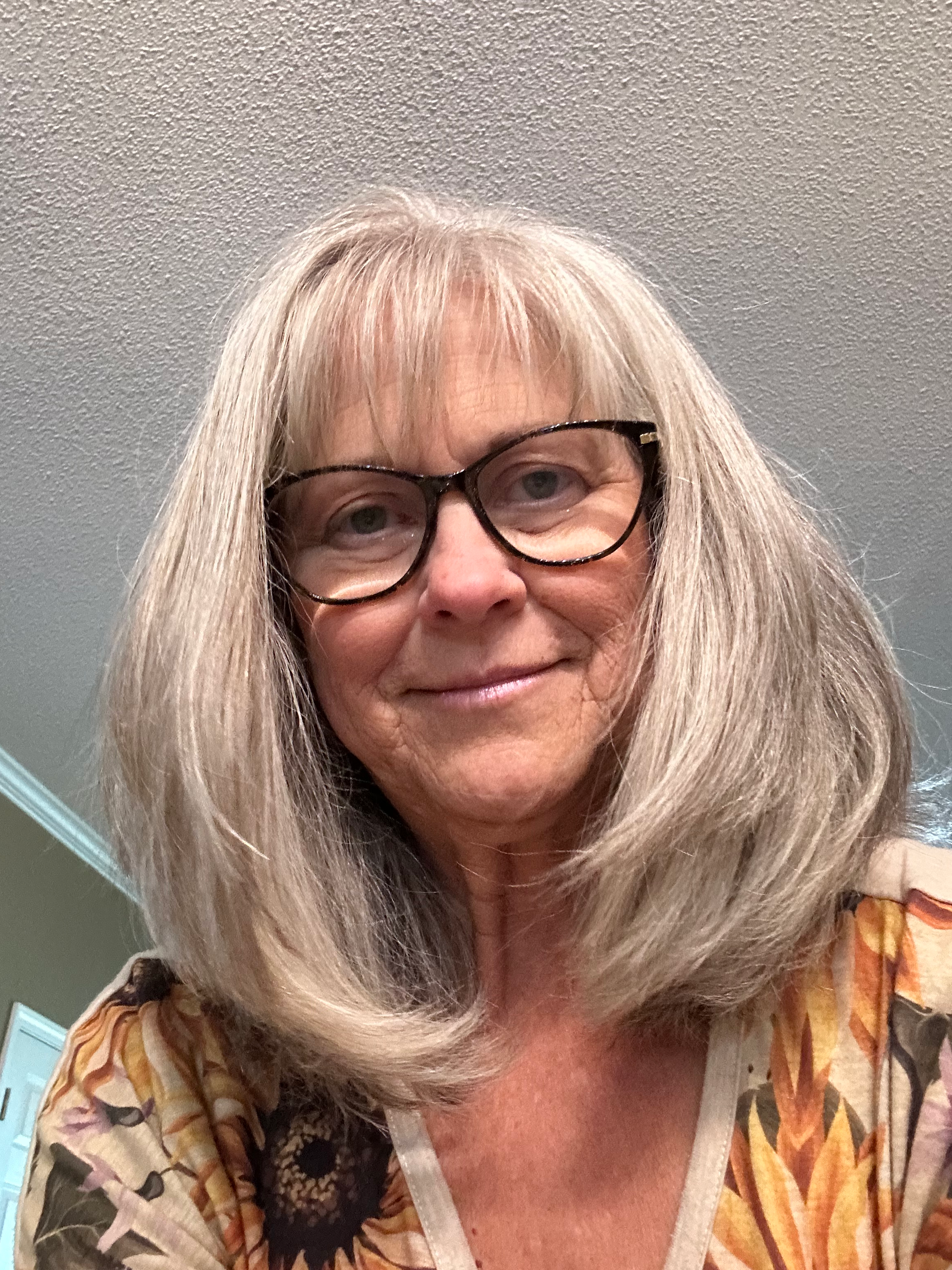Some “light” reading from the Cellular Therapy, Marrow & Stem Cell Transplant Adult Patient Guide
- Kelly Diaz

- Mar 10, 2021
- 4 min read
Updated: Mar 14, 2021

While I wait to hear from OU Medical, I want to clarify a few things based on questions a few of you have asked, as well as share some information from the “Cellular Therapy, Marrow & Stem Cell Transplant Adult Patient Guide” that Dr. Selby gave me to read. I used highlighters as I read the information so I could more easily locate it later to share with you.
I realize a lot of this stuff is dense and confusing, filled with medical terminology. Here are a few of the positive and/or interesting snippets I have learned:
We can be flexible with the timing of the transplant, which means that I can spend time with Kohlson in April after he returns from Germany, goes through Covid quarantine, retrieves his car from his dad, and makes his way home to Navarre.
Since my transplant is autologous, I am my own donor. As stated in the guide, my own peripheral blood stem cells are collected, frozen and stored until needed. Peripheral blood stem cells are those found in the circulating pool of blood and not within the lymphatic system, spleen, liver, or bone marrow, and they will be harvested through a process called apheresis. Blood is withdrawn through my catheter and circulated through a cell-separating machine which collects white blood cells, including stem cells, along with a few red blood cells and platelets. The remaining blood is then returned to me at the same rate it is removed.
The placement of the central venous catheter in my chest or neck, while quite unpleasant-sounding, will simplify the administration of medicine, chemotherapy, IV fluids, and blood; basically, whatever I might need.
The discharge criteria parameters are based on platelet counts, having no fever, keeping oral medications down, being able to eat and get adequate nutrition, among a few other general guidelines. One of the best highlights I made was for this statement:
“If you have had an autologous transplant, you will be seen in the clinic once or twice and then your care will be returned to your primary oncologist.”
Yeehaw! I emailed Nancy for verification of this, asking if that meant I might only have to stay in Oklahoma City for a few weeks following my recovering from the transplant before I could return to Florida under Dr. Joudeh’s care, and she answered in the affirmative, barring any complications, of course.
There is an entire section with eight bullet points about making sure my house is as clean as possible before I come home. Thankfully, one of my closest friends here in Northwest Florida owns a cleaning service, and I will retain her services to accomplish this. Get ready, Sandra!

I will have to avoid fresh flowers, live plants, and peat moss, during my stay at the cancer center and once I get home after recovery. Ugh! I love all of those things. This rule is due to the fungus, which grows in dust, dirt, and plant material.
I already broke the bad news to my son, Keifer, about cleaning up after the cats when I get home. He will have to continue to do that for quite a while. He’s thrilled, of course.
Some of this stuff is a tad embarrassing and mildly amusing. Though it’s worded a little more tactfully in the guide, I’m not supposed to pick my nose or strain on the toilet – good advice for everyone, I’d say! I’m supposed to avoid gas-producing foods such as cabbage. Sorry, John! I’ll eat the corned beef, carrots, and potatoes, and you can have all the cabbage.
When I read the “Post-Transplant Medications” section, I found it to be straightforward and informative. One paragraph, however, had a surprising effect on me. It was about antidepressants:
“This may be a very important aspect of your healing and recovery. Do not be shy about asking for antidepressants. It is not uncommon for you to be depressed after the transplant. You and your family have been through a lot and likely have more struggles in front of you when you are discharged.”
While I have never given much thought to needing antidepressants, I found myself tearing up as I read the damn paragraph! Geez-Louise! I thought. Do you think that’s a sign, Kelly?!
Needless to say, I will keep my options open on this one.
Oh, there’s one more reference that I remember highlighting, but I didn’t see it as I flipped through the guide for this post. It was about pajamas and how I can wear my own or the hospital gowns, but they must open in the front, and I must change them every day. I have a couple of pairs that fit this requirement, but I plan to do some shopping for a few more. I need to ask about having them laundered at the hospital because if I bought a pair for every day that I’m in the transplant unit of the cancer center, I would need a suitcase just for pajamas. I will probably alternate between the hospital gowns and my own PJs.
By the way, I have an appointment to cut off my hair next Thursday. I could wait or even choose to not do it at all, but I think it will help me adjust if I go ahead and take the leap. It will give me time to get a couple of wigs to wear and have with me at the hospital once my hair does fall out, so the shock might not be so traumatic. However, in my current frame of mind, I will likely waffle on this decision at least a dozen times between now and next Thursday.





Thank you for sharing this. My thoughts and prayers are always with you.